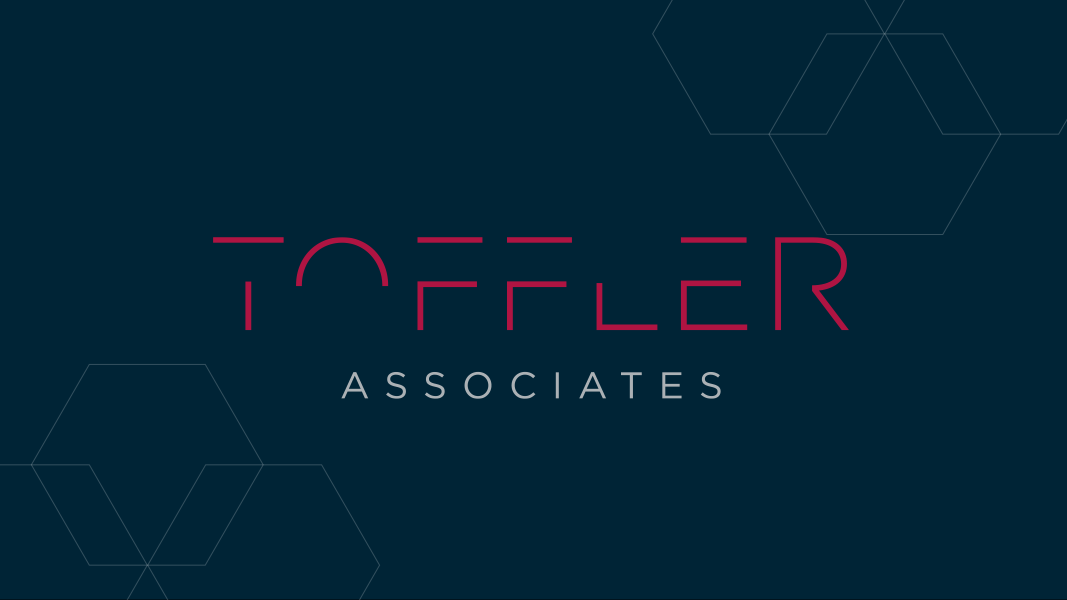Understanding the Phases of the COVID-19 Pandemic


Recovery will not follow a V, U, or W curve. There seems to be a prevailing view that once strict stay-home orders are relaxed, then we’ll be in the “new normal.” However, we see society progressing through several distinct phases defined by public health and economic attributes.
First, there will be a period of un-normal before we can really experience a new normal.
We call this period The Great Wait. It’s the time when the world will be waiting for a vaccine and/or therapies that effectively reduce the risk of catching COVID-19 or the severity of the disease. We will be in a less extreme social distancing posture but won’t be fully free from risk as the virus will remain just as communicable and just as deadly as it is now.
Purdue University’s President, Mitch Daniels, is taking a risk and offering inspiration, along with a glimpse into what higher education looks like during The Great Wait. He announced to the school’s community last week that the University will open with students on campus for Fall term with new rules to mitigate the spread of COVID-19 like masks, voluntary work–from–home for staff, and online teaching options. The university also communicated they are analyzing all new information and will announce confirmation of plans and decisions on June 15th. My son, a high school senior, is hopeful he will be in West Lafayette this fall emblazoned with a giant P on his shirt with the rest of the incoming Freshman class. We want our normal back and students in school is a visual statement of normal, or almost normal.
An Approach to Manage Uncertainty
The fact that this plan will remain fluid over the next few months highlights the level of uncertainty we live with now. Uncertainty causes anxiety, confusion, immobilization, and stress. The future is always uncertain and the degree of uncertainty over the next three to five years will be unusually high.
However, individuals and organizations can start to manage this uncertainty and reduce stress by understanding the global phases of how the COVID-19 pandemic will play out – and the key milestones to watch.
This illustration provides an overview of the four phases of disruption and recovery and the unique characteristics and challenges of each phase.

A better understanding of these phases can help leaders manage uncertainty by analyzing how each phase could impact specific individuals and organizations. It also helps identify levers to pull to influence desired outcomes in each phase and mitigate threats that may emerge.
“There is a time to act, and a time to wait, to listen, to observe. Then understanding and clarity can grow. From understanding, action arises that is purposeful, firm, and powerful.”
-Charles Eisenstein
We’re now helping organizations dive into each of these phases to allow them to be more proactive and increase their level of control of the future. A greater degree of uncertainty should dictate a greater degree of plan-to-action rather than reaction. The Great Wait will likely last more than a year and will be a very different environment; navigating it successfully requires understanding its unique characteristics and innovative thinking to adapt.
Contact us to help you chart a course to success through The Great Wait.
{{cta(’00caf38e-bdff-43b8-ad8e-dfd47ecef19b’)}}
Other COVID-19 resources:
- Categories
- Strategic Planning
- Workforce of the Future


 About the Authors
About the Authors